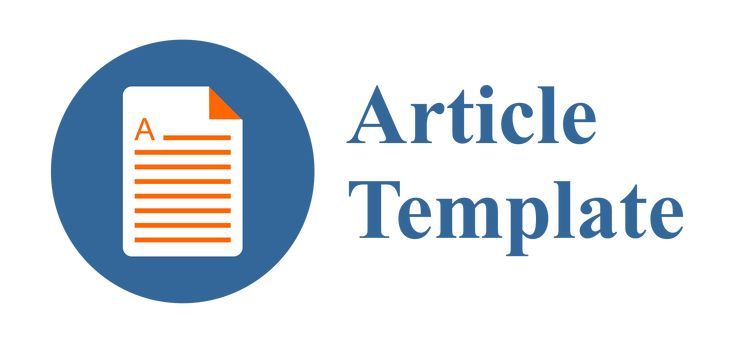STUDI KOMPARASI PENGGUNAAN STRATEGI QUIP (PERTANYAAN MENJADI PARAGRAF) DAN STRATEGI PBL (PEMBELAJARAN BERBASIS MASALAH) DALAM PEMBELAJARAN MENULIS TEKS BERITA SISWA KELAS VIII SMP NEGERI 2 MLATI SLEMAN
Abstract
This research aimed to prove: (1) the differences of report text writing
skills beetwen students who take QUIP strategy and conventional strategy; (2) the
differences of report text writing skills between students who take PBL strategy and
conventional strategy; (3) the differences of report text writing skills between
students who take QUIP strategy and PBL strategy; and (4) the effectiveness
comparison of QUIP strategy and PBL strategy in writing report text learning for
VIII Grade students of SMP Negeri 2 Mlati, Sleman.
This research is a comparison study with quantitative approach. The design
of this research is experimental design using pretest-posttest control group design.
The population in this research are students of VIII Grade in SMP Negeri 2 Mlati,
Sleman. The samples of this research is Class of VIII D as an experimental group
1, Class of VIII B as the experimental group 2, and Class of VIII A as a control
group. The validity of instruments research is expert judgment. Requirements
analysis test using normality test and homogeneity test. Data analysis performed
using F-test and t-test with SPSS version 22.0.
The results showed that: (1) there are significant differences report text
writing skills between students who take QUIP strategy and conventional strategy;
(2) there are significant differences report text writing skills between students who
take PBL strategy and conventional strategy; (3) there are significant differences
report text writing skills between students who take QUIP strategy and PBL
strategy; and (4) writing report text learning using QUIP strategy more effective
than writing report text learning using PBL strategy in Class VIII students of SMP
Negeri 2 Mlati, Sleman. It’s is showed by the comparison of related t-test samples
and gain score two experimental groups. Related t-test sample results for
experimental group 1 is t of -8.759 obtained by the df-31 and P of 0.000 (P <0.05
= significant). The experimental group 1 increased by 16.31 and the experimental
group 2 increased by 15.22.
skills beetwen students who take QUIP strategy and conventional strategy; (2) the
differences of report text writing skills between students who take PBL strategy and
conventional strategy; (3) the differences of report text writing skills between
students who take QUIP strategy and PBL strategy; and (4) the effectiveness
comparison of QUIP strategy and PBL strategy in writing report text learning for
VIII Grade students of SMP Negeri 2 Mlati, Sleman.
This research is a comparison study with quantitative approach. The design
of this research is experimental design using pretest-posttest control group design.
The population in this research are students of VIII Grade in SMP Negeri 2 Mlati,
Sleman. The samples of this research is Class of VIII D as an experimental group
1, Class of VIII B as the experimental group 2, and Class of VIII A as a control
group. The validity of instruments research is expert judgment. Requirements
analysis test using normality test and homogeneity test. Data analysis performed
using F-test and t-test with SPSS version 22.0.
The results showed that: (1) there are significant differences report text
writing skills between students who take QUIP strategy and conventional strategy;
(2) there are significant differences report text writing skills between students who
take PBL strategy and conventional strategy; (3) there are significant differences
report text writing skills between students who take QUIP strategy and PBL
strategy; and (4) writing report text learning using QUIP strategy more effective
than writing report text learning using PBL strategy in Class VIII students of SMP
Negeri 2 Mlati, Sleman. It’s is showed by the comparison of related t-test samples
and gain score two experimental groups. Related t-test sample results for
experimental group 1 is t of -8.759 obtained by the df-31 and P of 0.000 (P <0.05
= significant). The experimental group 1 increased by 16.31 and the experimental
group 2 increased by 15.22.
Full Text:
PDFRefbacks
- There are currently no refbacks.

